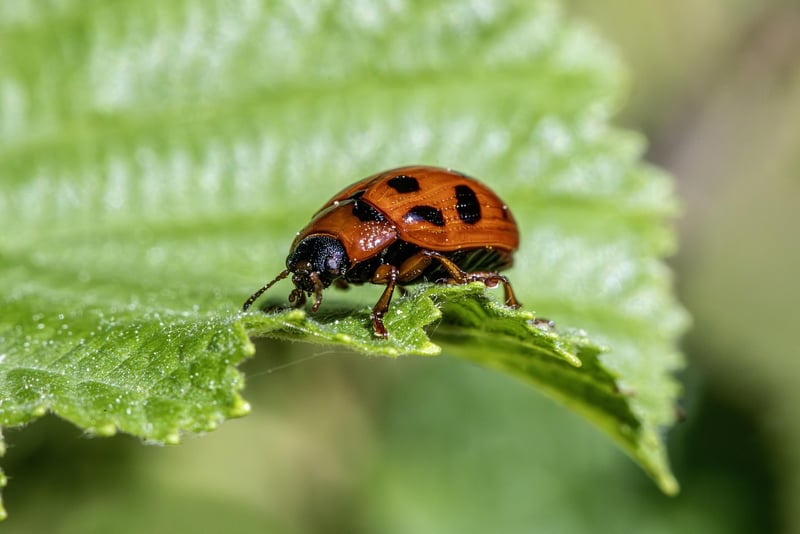Pest Control Methods
Maintaining Plant Health and Effective Pest Control Methods
Plants are a vital part of our environment, providing oxygen, food, and beauty. To ensure your plants thrive, it's essential to maintain their health and protect them from pests. In this article, we will explore some effective ways to keep your plants healthy and implement pest control measures when needed.
1. Proper Plant Care
Healthy plants are more resilient to pests and diseases. Follow these tips to maintain plant health:
- Provide adequate sunlight, water, and nutrients based on the plant's requirements.
- Regularly inspect plants for signs of stress, disease, or pest infestations.
- Prune dead or damaged parts to promote airflow and prevent the spread of diseases.
- Avoid over-fertilizing, as it can attract pests and harm plant roots.
2. Natural Pest Control Methods
Instead of resorting to chemical pesticides, consider these eco-friendly pest control methods:
- Introduce beneficial insects like ladybugs or lacewings that feed on pests.
- Use neem oil, a natural insecticide, to deter pests and disrupt their life cycle.
- Handpick larger pests like caterpillars or beetles and dispose of them manually.
- Plant companion crops that repel pests or attract beneficial insects.
3. Organic Pest Control Products
If natural methods are not sufficient, organic pest control products can be effective without harming the environment. Some options include:
- Organic insecticidal soaps that target soft-bodied insects like aphids and mites.
- Diatomaceous earth, a natural powder that dehydrates and kills insects.
- Botanical insecticides derived from plants like pyrethrum or neem.
4. Integrated Pest Management (IPM)
Integrated Pest Management combines multiple strategies to control pests effectively while minimizing environmental impact. The key components of IPM include:
- Monitoring and identifying pests to determine the best course of action.
- Implementing preventive measures like crop rotation or using pest-resistant plant varieties.
- Employing a combination of biological, cultural, and physical controls before considering chemical options.
By following these tips for maintaining plant health and implementing effective pest control methods, you can enjoy a thriving garden while minimizing the use of harmful chemicals. Remember that a healthy garden is a happy garden!

For more information on plant health and pest control, visit EPA's Safe Pest Control website.
